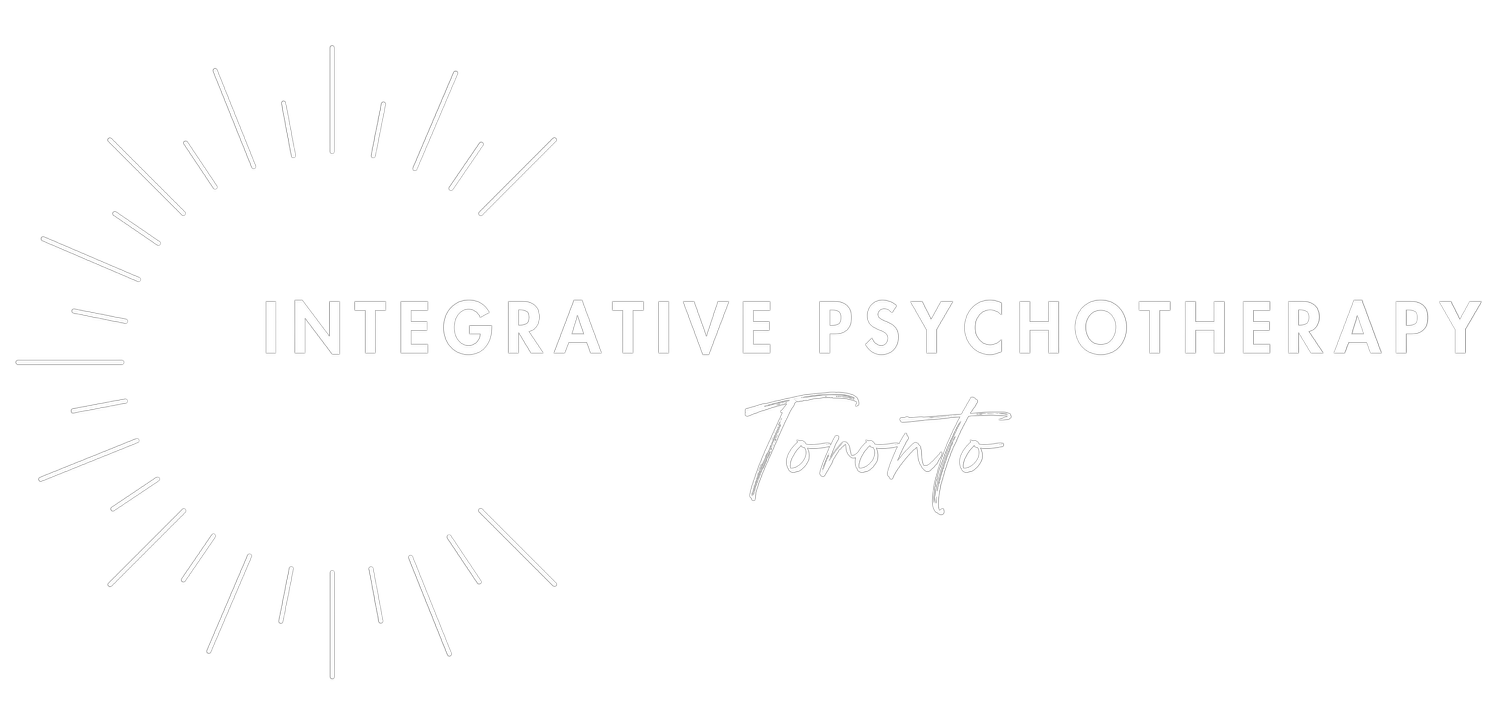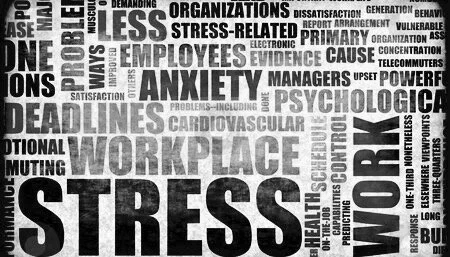EMDR (Eye Movement Desensitization and Reprocessing) stands out as a widely respected psychotherapy technique renowned for its effectiveness in addressing various mental health issues, notably trauma and Post-Traumatic Stress Disorder (PTSD). Despite its proven track record, misconceptions about the safety and efficacy of EMDR persist, potentially deterring those who could benefit from it.
Dispelling these myths is crucial to ensure individuals make informed decisions regarding their mental health care. Whether you're contemplating EMDR therapy for yourself or someone else, it's vital to understand the facts accurately. In this blog, we aim to debunk common misconceptions surrounding EMDR therapy, providing a well-rounded perspective for those considering this treatment approach.
Understanding EMDR
EMDR is a highly effective therapeutic technique that facilitates the processing of memories and profoundly influences individuals' perceptions of themselves and the world around them. This versatile therapy can be administered in person or virtually, making it accessible to a wide range of individuals seeking treatment. Its efficacy is widely recognized, particularly in addressing trauma-related mental health issues. However, its benefits extend beyond trauma, as it has also been shown to reduce symptoms associated with anxiety, post-traumatic stress disorder (PTSD), and depression.
Common Concerns and Side Effects
When used at the right time in therapy, EMDR is one of the most effective techniques available to treat various mental health issues. The key here is at the right time.
When EMDR is done at the wrong time, it can cause side effects such as intrusive memories, vivid dreams, flashbacks, or feelings of exhaustion after the session. These symptoms should be a sign to both the therapist and the client that EMDR is not yet the appropriate course of action.
Most of the common side effects reported following EMDR occur when EMDR has been administered too early in therapy and/or without having done the necessary preparation work. When EMDR is done by an experienced therapist, side effects are much less common.
Addressing Common Myths
There are several myths linked to EMDR therapy that may lead to uncertainties about its suitability and effectiveness as a treatment option. Understanding how EMDR works can help you assess if it will benefit you.
EMDR is Only for PTSD
While EMDR was initially developed to address PTSD, it can be used to address various kinds of issues: phobias, anxiety, depression, and other concerns. It is suggested to consult with a therapist to determine whether EMDR is the right technique for you.
EMDR is a Quick-Fix Solution
Another common misconception about EMDR is that it is a “quick solution” for mental health issues. While EMDR can help reduce adverse symptoms quickly, it cannot be considered an instant solution. It is worth noting that EMDR demands active participation from both the EMDR-trained therapist and the patient, and it may take several sessions before seeing any significant outcomes.
EMDR Can Erase Memories
It is crucial to clarify that EMDR does not erase memories. In fact, EMDR works solely with existing memories to reprocess and integrate them in a more healthy manner.
EMDR is Hypnosis
EMDR and hypnosis share similarities, particularly when using bilateral stimulation, which can activate the brain’s natural ability to process information. This includes lateral eye movements, which may evoke associations with hypnosis. It's important to note that EMDR is distinct from hypnosis.
Guidelines for Getting Started with EMDR
Starting EMDR therapy can feel overwhelming, yet its proven efficacy, particularly in alleviating symptoms of PTSD, underscores its value. Here are some essential tips to ensure a safe and beneficial experience with EMDR:
Ask Questions: Prioritize open communication with your therapist. Seek clarity on the EMDR process and what to expect during sessions. Understanding the therapy's mechanisms can alleviate apprehension and foster a smoother experience with EMDR.
Honesty and Openness: Be transparent about your emotions and concerns throughout the therapy process. If revisiting specific memories feels daunting or premature, communicate this openly with your therapist. Your comfort and readiness are paramount for effective treatment.
Choose a Qualified Therapist: Selecting a therapist with proper training and experience in EMDR is crucial. Look for accreditation from EMDRIA, the leading organization for EMDR practitioners. Working with a skilled professional enhances the safety and effectiveness of your EMDR sessions.
Conclusion
EMDR is a widely used psychotherapeutic approach that helps in treating various mental health conditions, including depression, trauma, and PTSD. While there are a few misconceptions associated with the dangers of EMDR therapy, such therapy has demonstrated its efficacy in reducing mental health symptoms. By learning more about EMDR, individuals can make an informed decision about their treatment options.
At Integrative Psychotherapy Toronto, we understand the complexities of EMDR therapy and its potential side effects, offering a secure environment for exploration and recovery. Our range of therapeutic approaches encompasses Eye Movement Desensitization and Reprocessing (EMDR), Somatic Psychotherapy, and Psychedelic Coaching, among others. Reach out to us for further details about our services.







